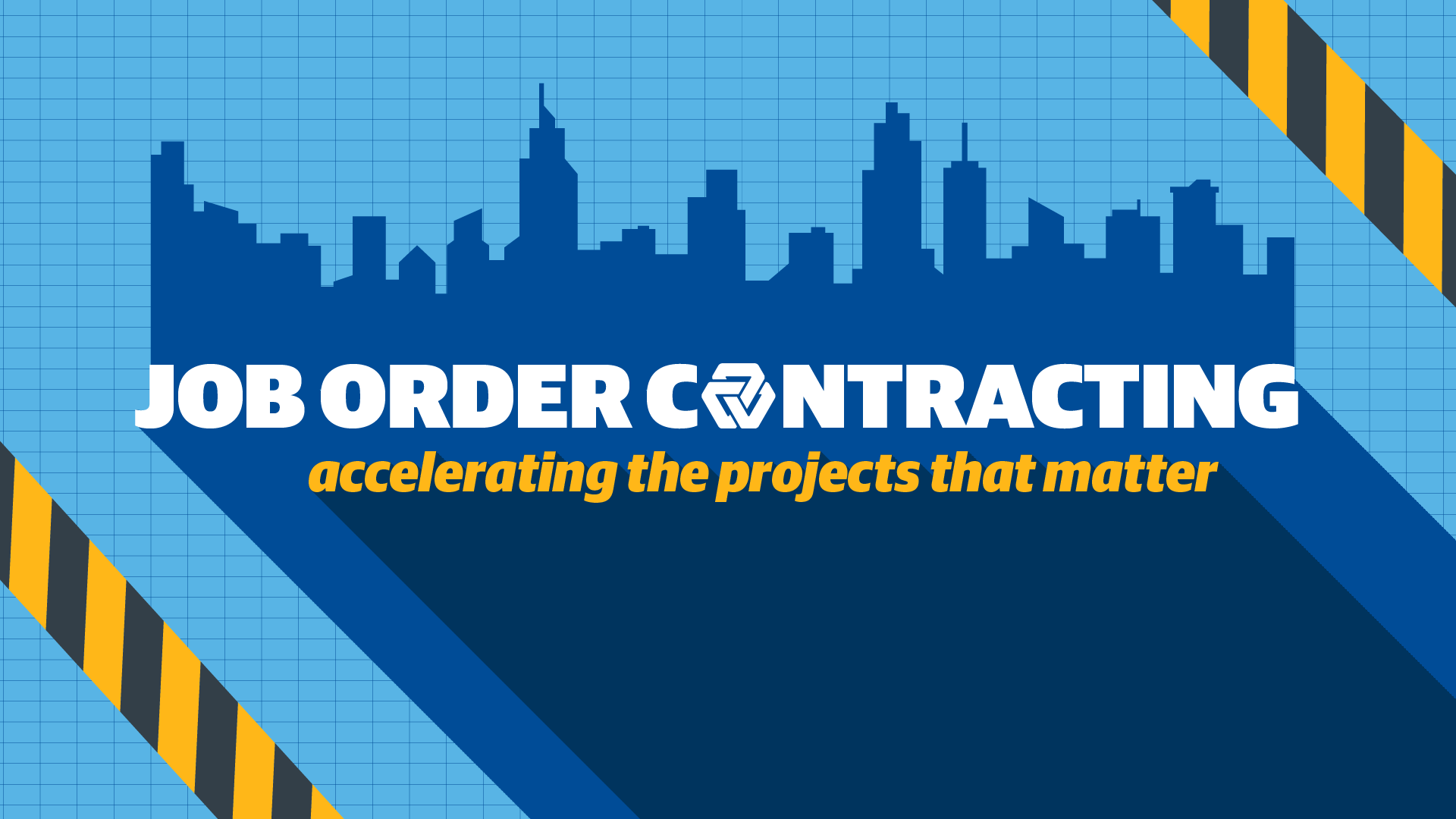Maureen Sullivan is an experienced lawyer and mediator, facilitator, entrepreneur, keynote speaker, Certified Training Practitioner and a published author. After decades of thought leadership and training, Maureen has earned a sterling professional reputation within the Canadian public procurement community. In 2019, she was honored as one of the Top 100 Women in Supply Chain Canada, an association representing professionals in sourcing, procurement, logistics, inventory and contract management.
Maureen recently sat down with Gordian to talk about the current challenges facing Canadian public procurement professionals, construction trends impacting the public sector and innovations that can help government procurement offices complete more construction work.
Q: It is certainly an interesting time to be in the public procurement business. As you follow the industry, what catches your attention?
Staffing is perhaps the most pressing issue the Canadian public sector is facing right now. Many seasoned procurement professionals are re-evaluating their priorities and work pressures, and choosing to leave the profession. The “silver tsunami” is real.
Economic pressures continue to grow as well. Like all industries, public procurement has been hampered by inflation and faces higher interest rates designed to temper growth.
Finally, there is more priority being placed on environmental, social and governance objectives. Public sector entities are seeking to get more benefits than merely goods and services at a fair price. They are being tasked with viewing the notion of “best value” through this new lens.
Q: You’ve worked closely with the construction industry over the course of your career. How have these public procurement trends impacted the construction sector?
Certainly one of the most visible impacts to the industry is supply chain disruption. These chokepoints affect commodity prices, which sometimes fluctuate daily. Plus, labor shortages are affecting the trades and back-office business functions, straining the remaining capable staff.
Another important consideration is that because there’s currently more project demand than builder supply, contractors have lots of choices. They can be more selective. Public entities, for their part, have a more difficult time standing out as an “owner of choice” in today’s market and may not be in a position attract the interest of their preferred builders.
Q: A wide range of technological innovations have hit the market to help public procurement offices overcome these challenges. What do you think about that?
Technology is often seen as a panacea, but as with most procurement developments over the years, there are risks and benefits. Some of the risks revolve around security, privacy and uncertain return on investment. The most obvious benefit is efficiency. Another specific benefit is that with information technology comes more robust data that can be critical for demonstrating value for spend and effective stewardship of tax dollars.
Q: You’ve had a chance to learn more about another type of innovation known as Job Order Contracting (JOC), where contractors bid an Adjustment Factor to an indefinite quantity and indefinite delivery of projects using a shared cost book with verified local prices. What has been your first impression of JOC?
JOC is something I didn’t know a lot about, and it certainly appears to be an interesting option that seems to have value for addressing today’s challenges. The fact that objective cost data is provided by a neutral third party introduces fairness and objectivity that sets it apart from the typical standing offer procurement methods. Because the competitive tendering is done upfront for literally hundreds of thousands of construction items and units of service, JOC saves the procurement team from continually updating and refreshing their standing offer lists.
Q: How might Job Order Contracting benefit public sector organizations?
JOC seems particularly effective for repetitive maintenance, repair and alteration projects, so it allows procurement staff effort to be diverted to more complex project types. Once a program is established, internal teams can expand project delivery capacity and quickly respond to emergency work. That’s the biggest benefit I see.
JOC also provides valuable auditability for the procurement office because each aspect of the job, each construction task, is itemized with a corresponding cost, creating a complete audit trail.
Q: But what about contractors? What are some considerations for industry?
One question I’ve been asked is how this project delivery method fits with existing contract types, such as Construction Contract Document Committee (CCDC) formats. My understanding is that JOC can be incorporated into CCDC and other customized terms and conditions that are familiar to bidders. There is no need to reinvent the wheel.
JOC also seems to have a good track record of expanding access for smaller firms and contractors from under-represented communities, because of the use of the determined Adjustment Factor for each project. Contractors don’t have to invest the intensive effort involved with a typical bid process because they are bidding on a book of costs and not individual jobs. JOC levels the playing field in a way.
Finally, since Job Order Contracting is a program and not a project, it appears to be a useful way for construction firms to sustain cash flow during times of economic downturn.
Some contractors may be concerned about participating in a JOC program because construction prices are currently volatile and prices for work done through JOC are locked in. This is a valid concern. But as I understand it, JOC has mechanisms for addressing pricing anomalies that arise during the contract term. This should alleviate contractor hesitation and ensure fair and realistic pricing for all parties.
Q: Public sector owners can work directly with providers such as Gordian to set up their own Job Order Contracting program through an RFP, but they can also get to JOC programs through cooperative purchasing organizations like Kinetic GPO and Canoe. This is relatively new for construction services. How would you explain GPOs to someone unfamiliar with the concept?
I think most Canadian procurement organizations have some exposure to the use of GPOs, which provide local pricing catalogues for competitively-selected items, such as commodities, for their members to purchase. Cooperative purchasing is great because it enables public sector organizations to pool their purchasing power while allowing the GPO to do the heavy lifting on ensuring trade agreement-compliant procurement.
Because of the technical nature of construction services, Canadian GPOs haven’t typically included these services in their offerings. The JOC process, however, with its set pricing and focus on repeatable, operational work makes it more suited to use by cooperatives. I think that is why we are seeing JOC start to emerge as a best practice in Canada.
Q: It was wonderful to hear your perspective on Canadian public procurement. Are there any other insights you’d like to share?
I think it’s worthwhile for public sector organizations large and small to consider JOC as one innovation out there, and I really encourage them to look into it. As with many industries, the procurement landscape is constantly changing – perhaps more so in the past few years than ever before – and successful organizations will need to adapt to thrive in the future.







